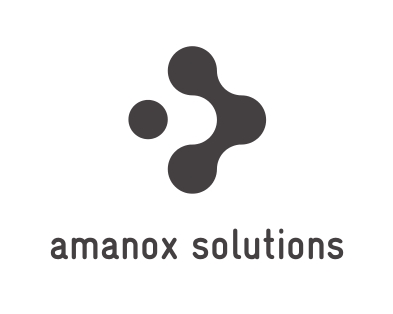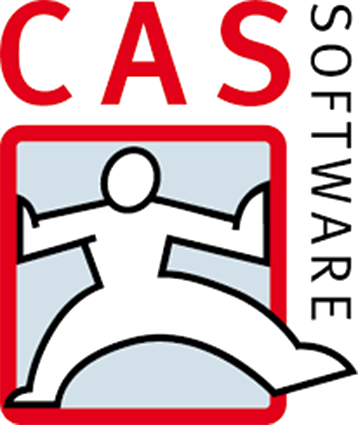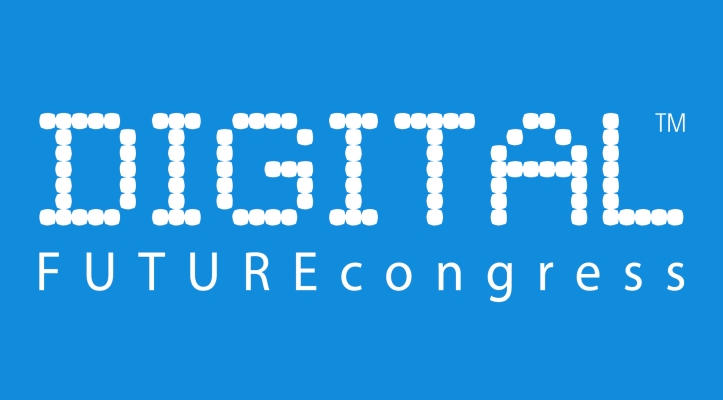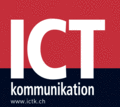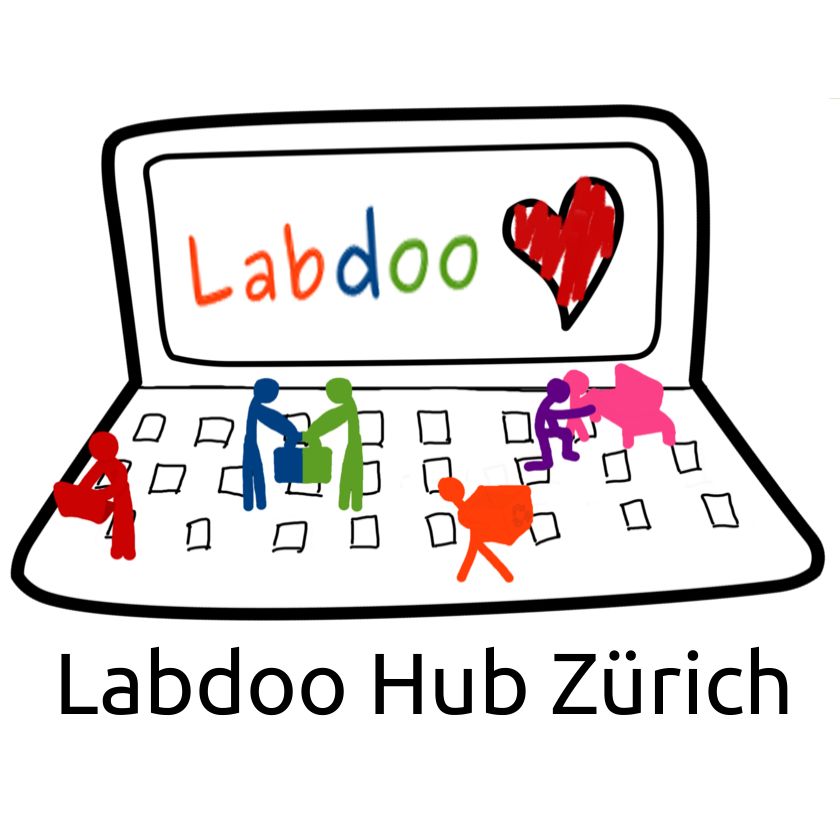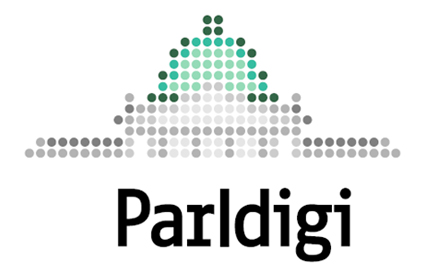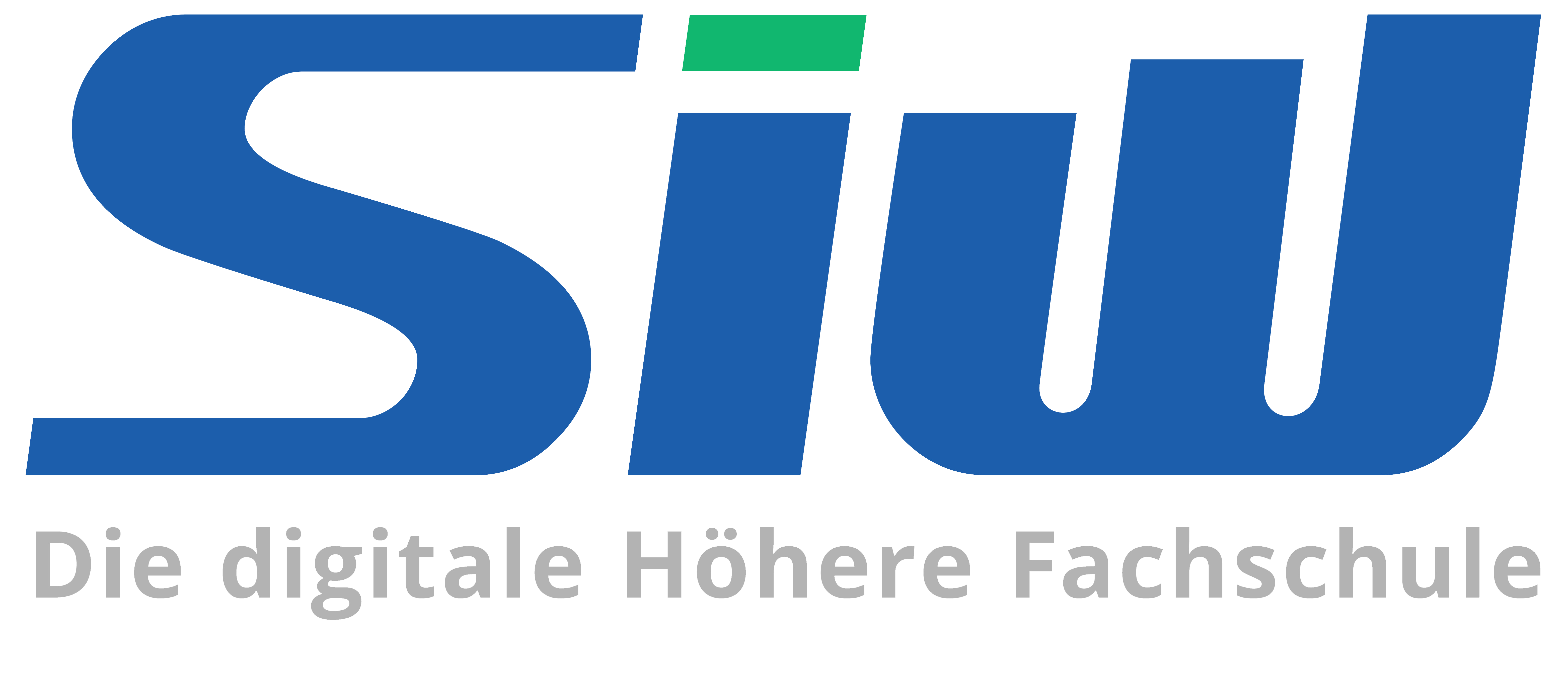Gartner Says CIOs Must Define an Event-Centric Digital Business Strategy
Event-Driven Architecture Will Become an Essential Skill in Supporting Digital Business Transformation By 2018
Achieving broad competence in event-driven IT will be a top three priority for the majority of global enterprise CIOs by 2020, according to Gartner, Inc. Defining an event-centric digital business strategy will be key to delivering on the growth agenda that many CEOs see as their highest business priority.
“Event-driven architecture (EDA) is a key technology approach to delivering this goal,” said Anne Thomas, vice president and distinguished analyst at Gartner. “Digital business demands a rapid response to events. Organisations must be able to respond to and take advantage of ‘business moments’ and these real-time requirements are driving CIOs to make their application software more event-driven.”
Define an Event-Centric Digital Business Strategy
Because CEOs are focused on growth via digital business, CIOs should focus on defining an event-centric digital business strategy and articulate the business value of EDA. According to the Gartner 2017 CEO survey, 58 per cent of CEOs see growth as their highest business priority. CEOs achieve growth by adopting new business models, introducing new products and services, expanding into new markets and geographies, upselling to existing customers and stealing market share from competitors.
“Findings from the survey clearly indicate that CEOs view digital business as their No. 1 opportunity for growth,” said Ms Thomas. “Most CEOs also recognise a triangular relationship between technology, product improvement and growth. They recognise that technology is the fundamental enabler of digital transformation and leading digital companies have figured out that EDA is the ‘secret sauce’ that gives them a competitive edge.”
Event-centric processing is the native architecture for digital business, and to enable growth through digital business, strategic parts of the application portfolio will need to become event-driven. CIOs can use EDA to foster growth by enabling digital business transformation, capitalising on digital business moments, using modern technologies, accelerating business agility and enabling application modernisation.
Use Innovative EDA-Based Technologies to Support Digital Business Transformation
“Event processing and analytics play a significant role in allowing organisations to capitalize on a business moment,” said Ms Thomas. “A convergence of events generates a business opportunity, and real-time analytics of those events, as well as current data and wider context data, can be used to influence a decision and generate a successful business outcome. But you can’t capitalise on the business moment if you don’t first recognise the convergence of events and the digital business opportunity.”
This is why digital business is so dependent on EDA. The events generated by systems — customers, things and artificial intelligence (AI) — must be digitised so that they can be recognised and processed in real time. EDA will become an essential skill in supporting the transformation by 2018, meaning that application architecture and development teams must develop EDA competency now to prepare for next year’s needs. CIOs should identify current projects where EDA can provide the most value to enable adoption of technology innovations such as microservices, the Internet of Things (IoT), AI, machine learning, blockchain and smart contracts.
Modernise Application Portfolios to Support Digital Business Transformation
A legacy application portfolio can be a significant inhibitor to digital business transformation. A digital business technology foundation must support continuous availability, massive scalability, automatic recovery and dynamic extensibility. Digital business applications must also use modern technologies to engage customers, support digital business ecosystems, capitalise on digital moments, and exploit AI and the IoT.
“Modernising core application systems takes time, and few organisations are in a position to immediately move over to a replacement system,” said Ms Thomas. “Instead, they need to use EDA to stage their modernisation efforts, and gradually migrate capabilities while implementing digital transformation.”
















